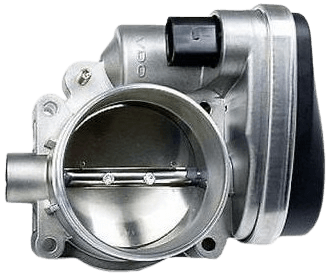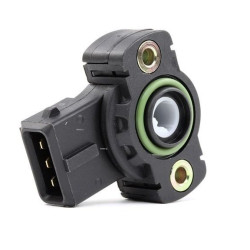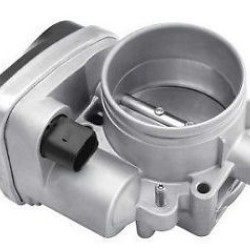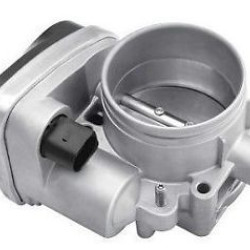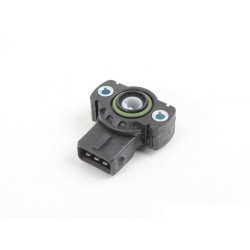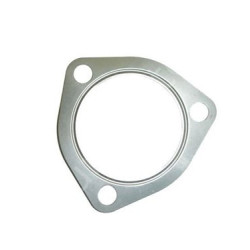BMW Throttle Body
The BMW throttle body is a component that regulates the amount of air taken from the intake manifold to the engine in vehicles with gasoline engines.
BMW Throttle Body: Features and Historical Development
The BMW throttle body is a critical component that controls air flow in internal combustion engines. The throttle bodies used in BMW cars are equipped with advanced technologies to optimize engine performance and increase fuel efficiency. In this article, we will examine what the BMW throttle body is, its features, and its historical development.
Features of the Throttle Body
The throttle body regulates the combustion process by controlling the air intake of the engine. Here are some key features of the BMW throttle body:
Precise Control: BMW throttle bodies are precisely controlled by electronic control units (ECU). This optimizes the engine's performance and response.
Adaptive Systems: Modern BMW throttle bodies are equipped with adaptive systems. These systems automatically adjust the air flow according to driving conditions and driver instructions.
Fuel Efficiency: The throttle body increases fuel efficiency by optimizing the fuel-air mixture. This results in lower fuel consumption and reduced emissions.
Electronic Throttle Body: An electronic throttle body (ETC) is used in BMW's modern models. This system controls the throttle body using electrical signals instead of mechanical connections, providing faster and more precise response.
Emission Control: The throttle body helps control the engine's emissions. Precise control of air flow ensures cleaner combustion and reduces harmful emissions.
Historical Development
The historical development of the BMW throttle body has continuously undergone innovations and improvements alongside advancements in automotive technologies. Here are some key points regarding the historical development of the throttle body:
Mechanical Throttle Bodies (1970s and Earlier): The first throttle bodies were mechanically controlled and directly connected to the gas pedal. These systems were simple but effective.
Vacuum-Controlled Throttle Bodies (1980s): In the 1980s, vacuum-controlled throttle bodies became common. These systems provided more precise air flow control and improved engine performance.
Electronic Throttle Bodies (1990s): Electronic throttle bodies (ETC) were introduced in the 1990s. These systems were managed by the engine control unit (ECU) and provided more precise and faster control.
Adaptive and Smart Systems (2000s and Beyond): Modern BMW throttle bodies are equipped with adaptive and smart systems. These systems automatically adjust air flow according to driving conditions and driver instructions, providing higher performance and efficiency.
Conclusion
The BMW throttle body is a critical component that controls the air intake of the engine. Historically, throttle bodies have continuously undergone innovations and improvements, ensuring that BMW engines are more efficient, high-performing, and environmentally friendly. Manufactured with high-quality materials and advanced production techniques, BMW throttle bodies offer a superior experience in terms of driving pleasure and fuel efficiency. The historical development of the throttle body reflects advancements in automotive technologies, ensuring that each new generation of BMW engines is more effective and durable.
 Türkçe
Türkçe
 English
English
 Русский
Русский

